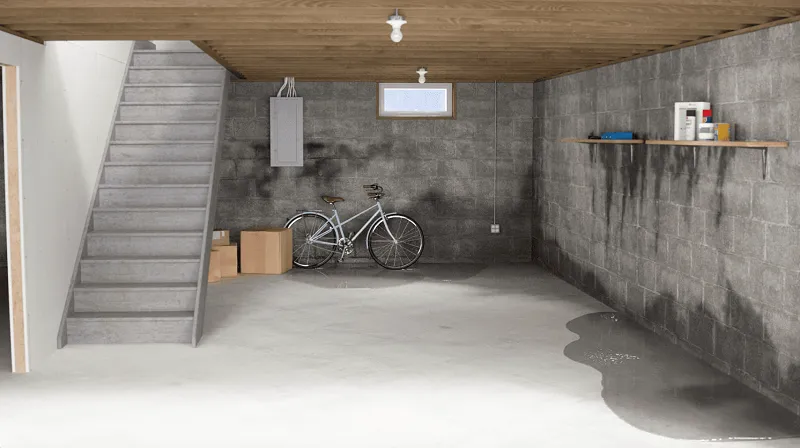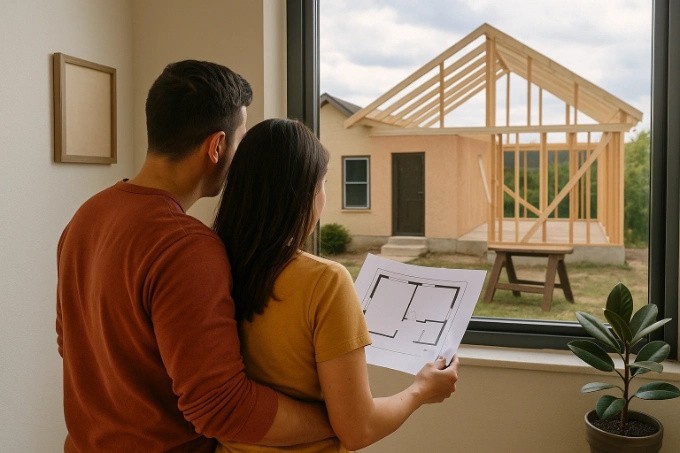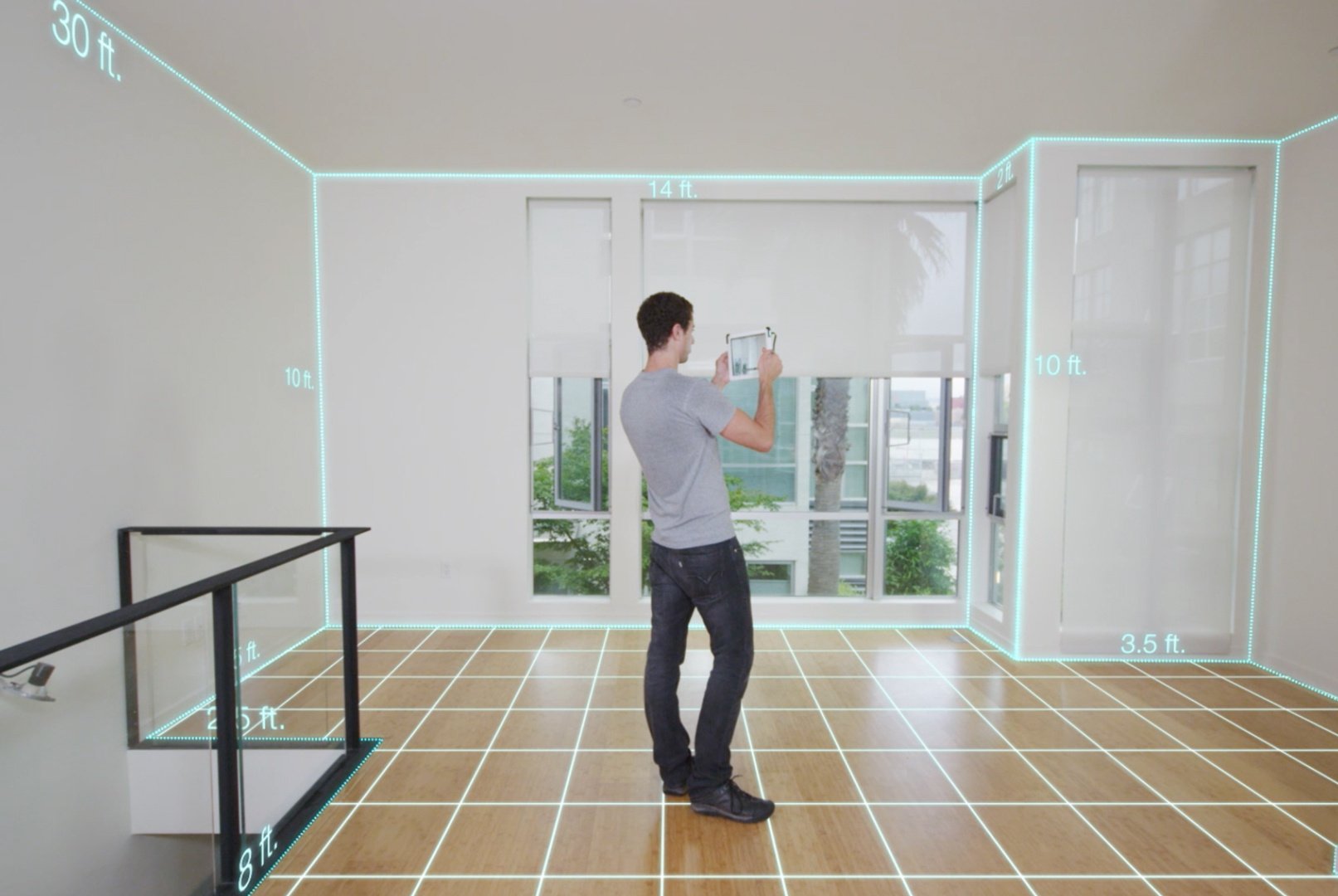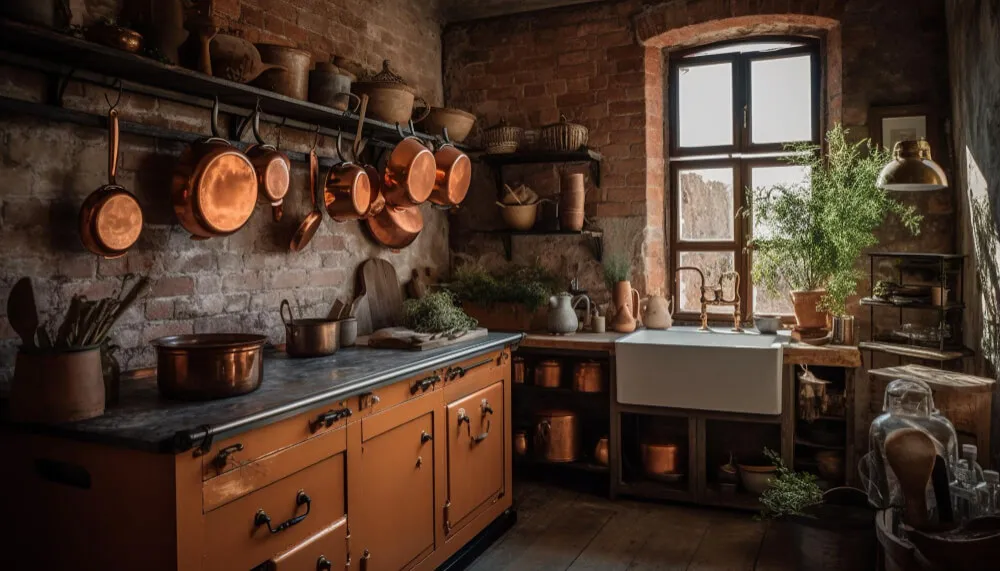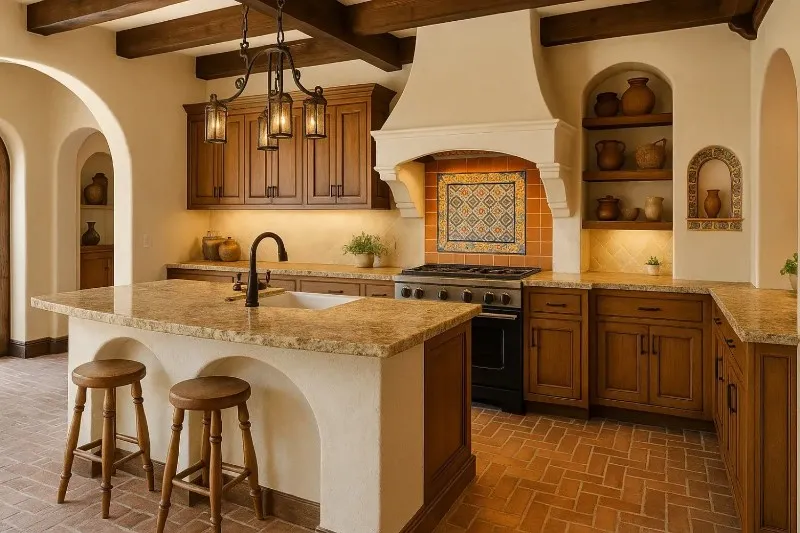A dry basement is key to maintaining a safe and comfortable home. Leaks and moisture can lead to mold growth, structural damage, and costly repairs. This guide breaks down why waterproofing is important, common causes of leaks, and the best methods to keep your basement dry. You’ll also learn about interior and exterior waterproofing, drainage solutions, and the costs involved. Whether you’re dealing with minor dampness or major flooding, this guide will help you make informed decisions.
Why a Dry Basement Matters
A leaky basement isn’t just a nuisance; it can lead to serious problems. Excess moisture promotes mold growth, which can trigger allergies and respiratory issues. Water damage can weaken your foundation, leading to costly repairs. A damp basement also makes the space unusable for storage or living. Investing in waterproofing basement walls is an investment in your home’s health and value. A dry basement also becomes a usable space, adding value to your home.
Common Culprits Behind Basement Water Problems
Several factors can contribute to water leaks in your basement. Poor drainage around your foundation is a frequent offender. Cracks in the foundation walls, caused by settling or pressure, provide entry points for water. Hydrostatic pressure, the force of water pushing against your foundation, can also force water through even small cracks. Knowing the causes helps in selecting the right solution for your basement.
Protecting Your Basement: Inside and Out
When it comes to basement waterproofing, you have two main options: interior and exterior methods. Interior foundation waterproofing focuses on managing water that has already entered the basement. This often involves installing drainage systems and sealants. Exterior waterproofing aims to prevent water from reaching your foundation in the first place. This typically includes excavating around the foundation, applying waterproofing membranes, and improving drainage. Each method has its pros and cons, and the best choice depends on your specific situation.
Effective Waterproofing Solutions for Basement Walls
Several effective methods exist for waterproofing basement walls. Exterior waterproofing membranes, applied to the outside of the foundation, provide a strong barrier against water penetration. Interior sealants can be used to patch cracks and prevent water from seeping through. Drainage systems, such as French drains, redirect water away from your foundation. Sump pumps, installed in a sump pit, pump out any water that accumulates. Choosing the right combination of methods is key to a dry basement. Knowing how to seal basement walls and how to waterproof a basement is important to make informed decisions.
Drainage: The Unsung Hero of a Dry Basement
Effective drainage is a critical component of any basement waterproofing system. Properly graded landscaping directs water away from your foundation. Gutters and downspouts channel rainwater away from your house. French drains, installed around the perimeter of your foundation, collect and redirect groundwater. A well-designed drainage system works hand-in-hand with waterproofing measures to keep your basement dry.
Understanding the Costs of Basement Waterproofing
The cost of basement waterproofing varies depending on several factors, including the size of your basement, the extent of the water problem, and the methods used. Interior waterproofing projects may be less expensive than exterior work, which often involves excavation. Getting quotes from several reputable contractors is recommended before making a decision. Keep in mind that waterproofing cellar walls might have different needs and costs compared to a typical basement.
Conclusion
Waterproofing your basement is a worthwhile investment that protects your home, improves its value, and creates usable living space. By understanding the causes of basement leaks, exploring different waterproofing methods, and implementing effective drainage solutions, you can create a dry, healthy, and comfortable basement for years to come. Whether you choose interior or exterior solutions, or a combination of both, the goal is the same: a dry and usable basement. Remember, a well-maintained and waterproofed basement contributes to the overall health and longevity of your home. Consider roof waterproofing options as well for complete protection. If you’re looking for expert solutions, Laguna Bay Developing can help.

